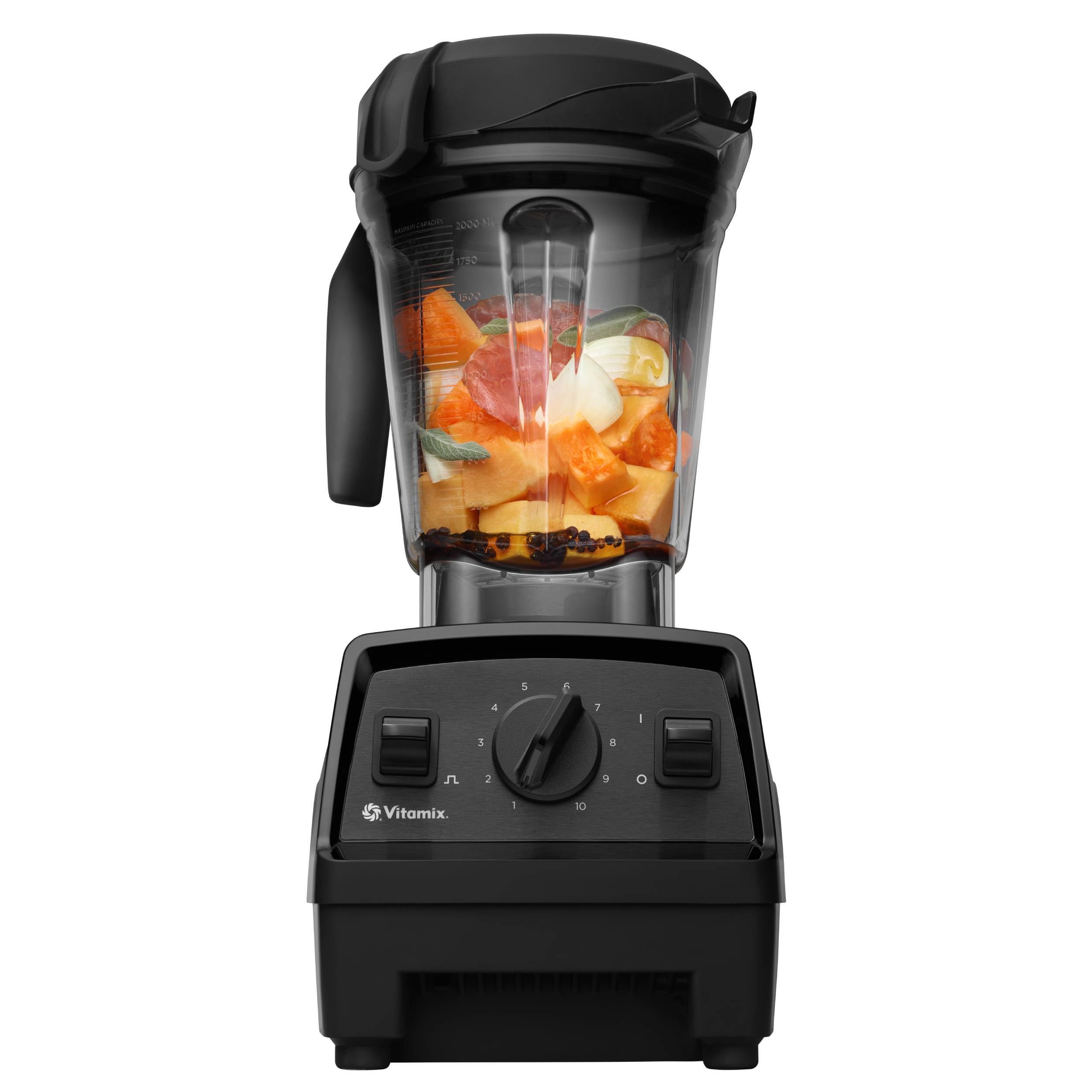Is your Kenmore Elite freezer not keeping things as cold as they should? You’re not alone. Many people face the frustrating issue of a freezer fan that suddenly stops working, leaving you worried about your food and energy bills.
Key Takeaways
- Identifying Symptoms: Common indicators of a malfunctioning Kenmore Elite freezer fan include unusual noises, warm air circulation, and excessive frost buildup, which signal a need for inspection.
- Understanding Causes: Fan issues can arise from blocked vents, faulty motors, or electrical problems, all impacting the unit’s efficiency and cooling capacity.
- Troubleshooting Steps: Start by checking the power supply and fan motor for obstructions or damage. Inspecting wiring and ensuring proper airflow can help resolve fan operation issues.
- When to Seek Help: Persistent symptoms, frequent power interruptions, or complex mechanical problems warrant professional assistance to avoid further damage and maintain performance.
- Importance of Maintenance: Regular cleaning and maintenance can prevent fan issues and extend the lifespan of your Kenmore Elite freezer.
Overview of Kenmore Elite Freezer Fan Issues
Freezer fan issues in Kenmore Elite models often lead to temperature inconsistencies. A malfunctioning fan can prevent proper air circulation, impacting your freezer’s efficiency. You might notice your freezer not cooling effectively, causing concern for food safety.
Common Symptoms of Fan Problems
- Unusual Noise: You may hear grinding or rattling sounds. These noises could indicate that the fan is obstructed or damaged.
- Warm Air: If you feel warm air circulating inside the freezer, it’s a sign that the fan isn’t working properly.
- Frost Buildup: Excessive frost on the fan motor can point to a failure in proper fan operation.
Potential Causes
- Blocked Fan Vents: Dust or debris can accumulate and obstruct airflow.
- Faulty Motor: A malfunctioning motor can prevent the fan from spinning.
- Wiring Issues: Damaged wires can interrupt power supply, leading to fan failures.
- Inspect Fan Vents: Clear any obstructions from the vents to ensure proper airflow.
- Check the Motor: Listen for any unusual sounds and test the motor with a multimeter.
- Examine Wiring: Look for frayed or broken wires, which may require professional repair.
By addressing these fan issues promptly, you can maintain your Kenmore Elite freezer’s performance and extend its lifespan.





Common Causes of Fan Malfunction
A malfunctioning fan in your Kenmore Elite freezer can stem from several common issues. Understanding these causes helps you diagnose and resolve problems efficiently.
Electrical Problems
Electrical issues often disrupt fan operation. Inspect the power supply first. Check that the outlet works by plugging in another device. If the outlet is functional, examine the fan’s power cord for damage. Loose or frayed wires can hinder performance. Additionally, ensure that the fan motor is properly connected. A faulty thermostat can also prevent the fan from turning on. If the thermostat is not sensing the correct temperature, it might not activate the fan when needed.
Mechanical Failures
Mechanical failures can impede fan movement. Start by checking for any obstructions in the fan area. Ice buildup or debris can block the blades, preventing them from spinning. If the fan blades feel stiff or do not rotate freely, inspect the motor. A malfunctioning motor may require replacement. Listen for unusual noises, such as grinding or rattling, which indicate wear and tear. Additionally, examine the bearings in the motor; worn bearings can lead to complete motor failure. Regular maintenance and cleaning can help minimize these issues.
Symptoms of a Non-Functional Freezer Fan
Identifying the symptoms of a malfunctioning freezer fan helps you address issues before they worsen. Key indicators include inconsistent freezing and increased noise levels.
Inconsistent Freezing
Inconsistent freezing often signals a problem with the freezer fan. You might notice that some food items remain soft or thawed while others freeze solid. This issue occurs because the fan isn’t circulating cold air properly. Check for items blocking the fan that could restrict airflow. If the fan isn’t operating at full capacity, or if you find excess frost accumulation around the fan, these are signs that the fan requires inspection or repair.





Increased Noise Levels
Increased noise levels can indicate fan trouble. You may hear unusual grinding, rattling, or buzzing sounds coming from the freezer. These noises often result from a faulty motor or debris interfering with the fan’s movement. It’s essential to address these noises promptly, as they may lead to further mechanical failures. If you’re uncertain, try to locate the source of the noise. This might help you diagnose whether the fan needs cleaning, repair, or replacement.
Troubleshooting Steps for the Kenmore Elite Freezer
When dealing with a malfunctioning Kenmore Elite freezer fan, follow these troubleshooting steps to identify and address the issue effectively.
Inspecting the Power Supply
Check the power supply first. Ensure your freezer is plugged in and that the outlet is functioning. You can test the outlet by plugging in another appliance. If the outlet works but the freezer doesn’t, inspect the power cord for any visible damage.
Next, look for tripped circuit breakers. If the breaker is faulty, reset it to restore power. It’s also wise to examine the freezer’s internal light; if it doesn’t turn on, there’s likely an issue with the power supply.
Checking the Fan Motor
Begin by listening to the fan motor. If it makes grinding or buzzing noises, that can indicate a problem.





Unplug the freezer before you proceed. Remove the back panel to access the fan motor. Check for obstructions like ice buildup or debris around the fan. You can use a vacuum to carefully remove any blockages.
Next, examine the fan blades for damage. If the blades are chipped or bent, you’ll need a replacement. After that, test the motor by manually spinning the fan. If it doesn’t turn freely, the motor might need to be replaced.
Finally, inspect the wiring connected to the fan motor. Look for frayed or broken wires. Any damaged wiring requires immediate repair or replacement to restore proper functioning.
When to Seek Professional Help
Seeking professional help becomes essential when troubleshooting your Kenmore Elite freezer fan leads to persistent issues. Recognizing these signs can prevent further damage and ensure proper functioning.
Unresolved Symptoms
You notice ongoing symptoms like:
- Excessive frost buildup on the fan motor that doesn’t resolve after cleaning.
- Your freezer continues circulating warm air despite following troubleshooting steps.
- Increased noise levels indicate potential motor failure, such as grinding or buzzing sounds.
Frequent Power Issues
You experience frequent power interruptions. If your freezer appears plugged in but shows no signs of power, damaged wiring likely requires expert attention.
Complex Mechanical Problems
You face complex mechanical problems. If debris, ice buildup, or motor alignment issues persist, professionals can provide the necessary tools and skills for repair.
Unfamiliar with Electrical Work
You lack experience with electrical repairs. If you’re uncomfortable handling electrical connections or testing components, it’s safer to rely on a technician.
Warranty Considerations
You should also consider warranty implications. If your freezer is under warranty, contacting a certified technician ensures any repairs won’t void coverage.
Monitoring these signs helps determine when to seek professional help, ensuring your Kenmore Elite freezer operates efficiently and maintains optimal performance.
Conclusion
Dealing with a Kenmore Elite freezer fan that’s not working can be frustrating but staying proactive makes a big difference. By regularly inspecting and maintaining your freezer you can catch issues early and keep your food fresh.
If you notice any unusual noises or temperature inconsistencies pay attention to those signs. Remember that troubleshooting can often resolve minor problems but don’t hesitate to reach out for professional help if you encounter persistent issues.
Taking these steps will help ensure your freezer runs smoothly and efficiently for years to come. Keep your cool and happy freezing!
Frequently Asked Questions
What are common symptoms of a Kenmore Elite freezer fan issue?
Common symptoms include unusual noises, warm air circulating inside, and excessive frost buildup on the fan motor. Inconsistent freezing and increased noise levels can also indicate that the fan is not functioning properly.
How can I troubleshoot a malfunctioning freezer fan?
Start by inspecting the power supply to ensure the freezer is plugged in and check for tripped circuit breakers. Then, listen for unusual noises from the fan motor and look for obstructions or damage inside the back panel.
What are potential causes of freezer fan problems?
Potential causes include blocked fan vents, a faulty motor, wiring issues, and mechanical failures due to ice buildup or debris. A malfunctioning thermostat may also prevent the fan from activating properly.
When should I seek professional help for my freezer?
Seek professional help when there’s excessive frost buildup that doesn’t resolve, ongoing warm air circulation, or increased noise levels suggesting motor failure. Additionally, consult an expert if you encounter electrical issues beyond your expertise.
How can regular maintenance help my Kenmore Elite freezer?
Regular maintenance, such as cleaning fan vents and inspecting the motor, can minimize issues that lead to fan malfunction. This ensures better air circulation, energy efficiency, and prolonged freezer lifespan.

Hey, I’m Jake. I focus on cooling systems at Appliance Mastery, like fridges, freezers, and air conditioners.
I’ve worked in appliance repair for more than ten years and I’m certified through NASTeC. I’ve seen just about every fridge issue you can imagine.
My goal is to help you fix problems without stress. Whether it’s a freezer that won’t cool or an AC that keeps beeping, I’m here to walk you through it.
